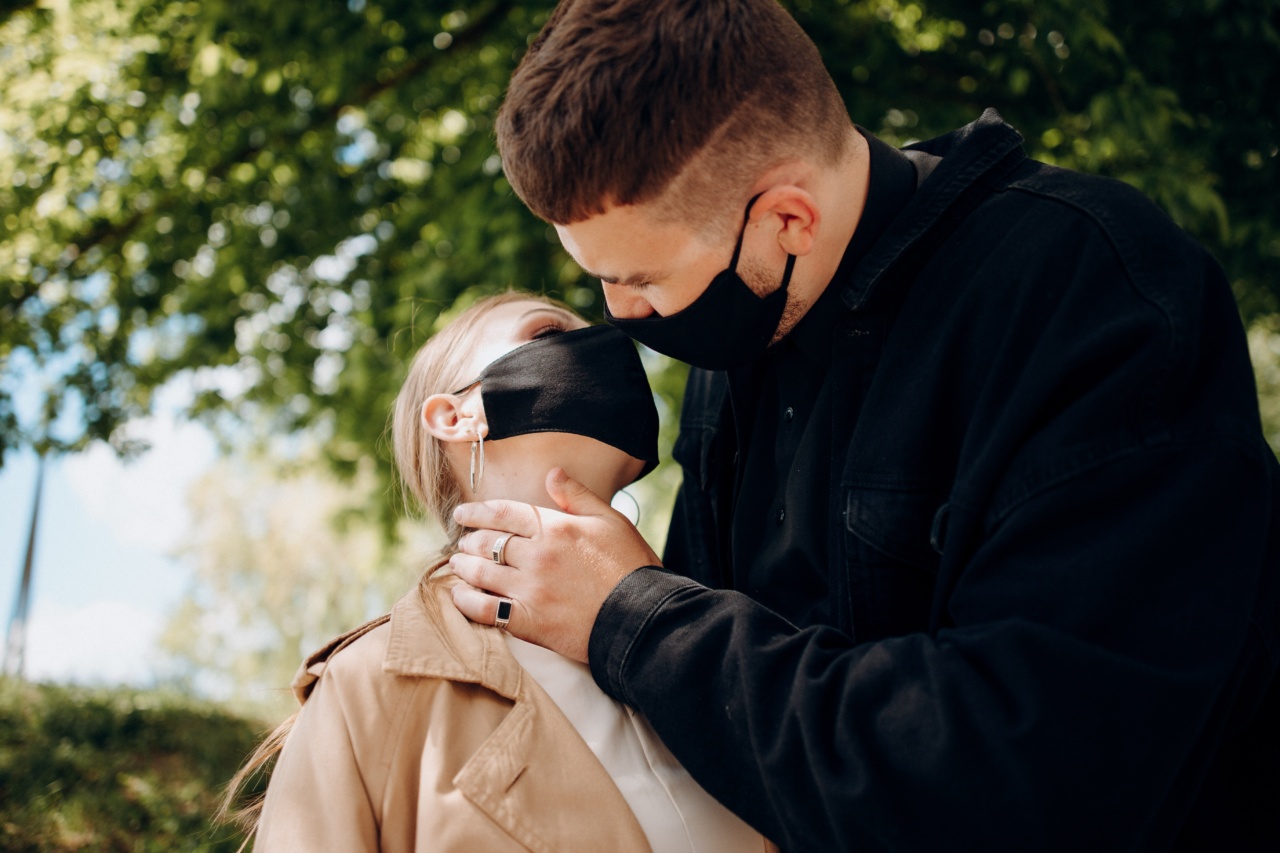Spending time outdoors can bring many benefits, but it’s important to take precautions and protect yourself from the harmful effects of the sun. Exposure to sunlight can lead to sunburns, premature aging, and an increased risk of skin cancer.
By following these sun safety tips, you can enjoy the outdoors while keeping your skin safe and healthy.
1. Wear Sunscreen
One of the most crucial sun safety tips is to wear sunscreen every day, regardless of the weather or the season. Choose a broad-spectrum sunscreen with at least SPF 30 or higher to protect your skin from both UVA and UVB rays.
Apply the sunscreen generously and reapply every two hours, or more frequently if you are sweating or swimming.
2. Seek Shade
When spending time outdoors, seek shade especially during the peak sun hours between 10 a.m. and 4 p.m. Shade can provide significant protection from direct sunlight and reduce your risk of sunburn.
Use umbrellas, canopies, or seek natural shade such as under trees or large structures to keep yourself protected.
3. Wear Protective Clothing
Wearing protective clothing is another effective way to shield your skin from the sun’s harmful rays. Opt for lightweight, loose-fitting, and tightly-woven clothing that covers your arms and legs.
Additionally, wear a wide-brimmed hat to protect your face, ears, and the back of your neck. Don’t forget to wear sunglasses to safeguard your eyes from UV radiation.
4. Stay Hydrated
Drinking plenty of water is crucial for your overall health, and it becomes even more important when you’re spending time outdoors. Sweating can cause dehydration, and it’s essential to replenish the lost fluids.
Carry a water bottle with you and sip water frequently to stay hydrated and avoid the risk of heatstroke.
5. Check the UV Index
The UV Index is a scale that provides information about the intensity of UV radiation from the sun. It helps you understand the level of sun protection required for the day.
Check the UV Index for your location before heading outdoors and plan your activities accordingly. Higher UV Index values indicate the need for extra sun protection measures.
6. Be Cautious Near Water, Sand, and Snow
Water, sand, and snow can reflect and intensify the sun’s rays, leading to increased sunburn risk. If you’re near a beach, lake, or skiing on snow-covered mountains, take extra precautions.
Apply sunscreen more frequently, wear protective clothing, and remember to wear sunglasses to reduce glare and protect your eyes.
7. Avoid Tanning Beds
Tanning beds emit UV radiation that can be extremely harmful to your skin. The intensity of UV radiation from tanning beds can be even stronger than the sun’s rays.
Avoid tanning beds altogether to reduce your risk of developing skin cancer and premature aging.
8. Check Your Medications
Some medications can make your skin more sensitive to sunlight. Check the labels of your prescriptions or consult with your healthcare provider to determine if any of your medications can increase your sun sensitivity.
If necessary, take extra precautions to protect your skin and limit your sun exposure while on these medications.
9. Perform Regular Skin Checks
Performing regular skin checks is essential for early detection of any skin abnormalities or changes. Look for any unusual moles, new growths, or changes in existing moles.
If you notice any suspicious changes, such as irregular borders, uneven color, or rapid growth, consult a dermatologist for a thorough evaluation.
10. Set a Good Example
Lastly, set a good example for others, especially children, by practicing sun safety habits yourself. Children are more susceptible to the harmful effects of the sun, and they often mimic the behavior of adults.
By demonstrating sun safety practices, you instill good habits and help protect the next generation from sun damage.




























